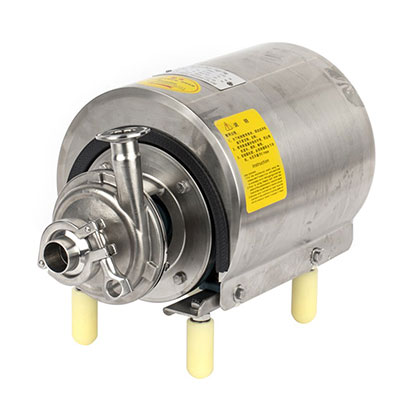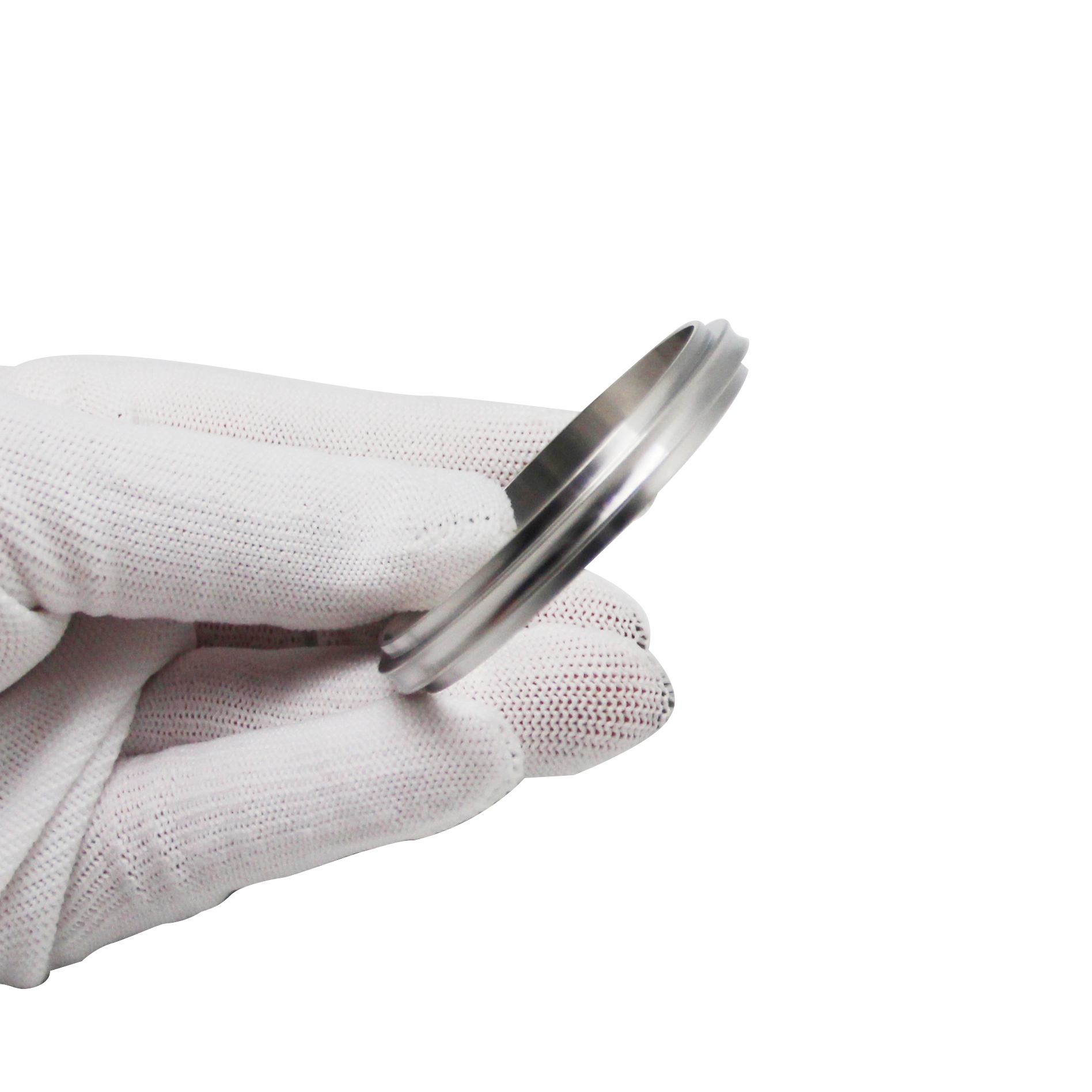How does a sanitary pump work?

 by admin
by adminIn modern food, pharmaceutical, bioengineering and fine chemical industries with extremely high requirements for hygiene standards, sanitary pumps as key fluid conveying equipment have become core equipment to ensure production safety and process stability with their sanitary quality, high efficiency, reliability and corrosion resistance.

1. Working principle of sanitary pumps
The core function of sanitary pumps is to achieve aseptic delivery of fluids. Its working principle is based on the combination of fluid dynamics and precision mechanical design. Common types of sanitary pumps include centrifugal pumps, rotor pumps and screw pumps, and their working process is as follows:
Fluid suction: negative pressure is generated through the rotational motion of the impeller or the rotor , and the fluid is sucked into the pump chamber.
Pressure increase: mechanical energy is converted into fluid kinetic energy, and the fluid is pressurized through a closed flow channel.
Directional delivery: the pressurized fluid is transported to the target location through a sanitary pipeline to avoid external contamination throughout the process.
To ensure process hygiene, the sanitary pump adopts a dead angle-free design, and all parts in contact with the fluid are mirror-polished.
2. Sanitary quality: the cornerstone of cleanliness and safety
The "sanitation" of the sanitary pump is reflected in the dual guarantee of material selection and structural design:
Material compliance: The pump body and flow-through parts are made of AISI-304 / AISI-316L to ensure non-toxic precipitation.
Design for Cleanability: Features like polished interiors, crevice-free joints, and self-draining designs facilitate thorough cleaning-in-place (CIP) and sterilization in place (SIP).
3. Reliability and Longevity
Robust Construction: Heavy-duty bearings, reinforced housings, and balanced impellers minimize wear and vibration, extending operational life.
Modular Design: Components like seals, rotors, or diaphragms can be replaced quickly, reducing downtime during maintenance.
4. Application scenarios and future trends
Food industry: aseptic filling of milk, juice, and beer.
Pharmaceutical industry: high-purity delivery of vaccines and injections.
Bioengineering: gentle treatment of cell culture fluid.

Conclusion
A sanitary pump operates by using mechanical force, such as from a rotating impeller or reciprocating diaphragm, to move fluids while keeping a hygienic environment through smooth surfaces,materials that can resist corrosion.Sanitary pumps have become the "invisible guardian" in the field of high-end manufacturing through the multi-dimensional coordination of hygiene, efficiency, reliability and corrosion resistance. It is not only a fluid handling tool, but also a microcosm of modern industry's pursuit of quality, safety and sustainable development.







